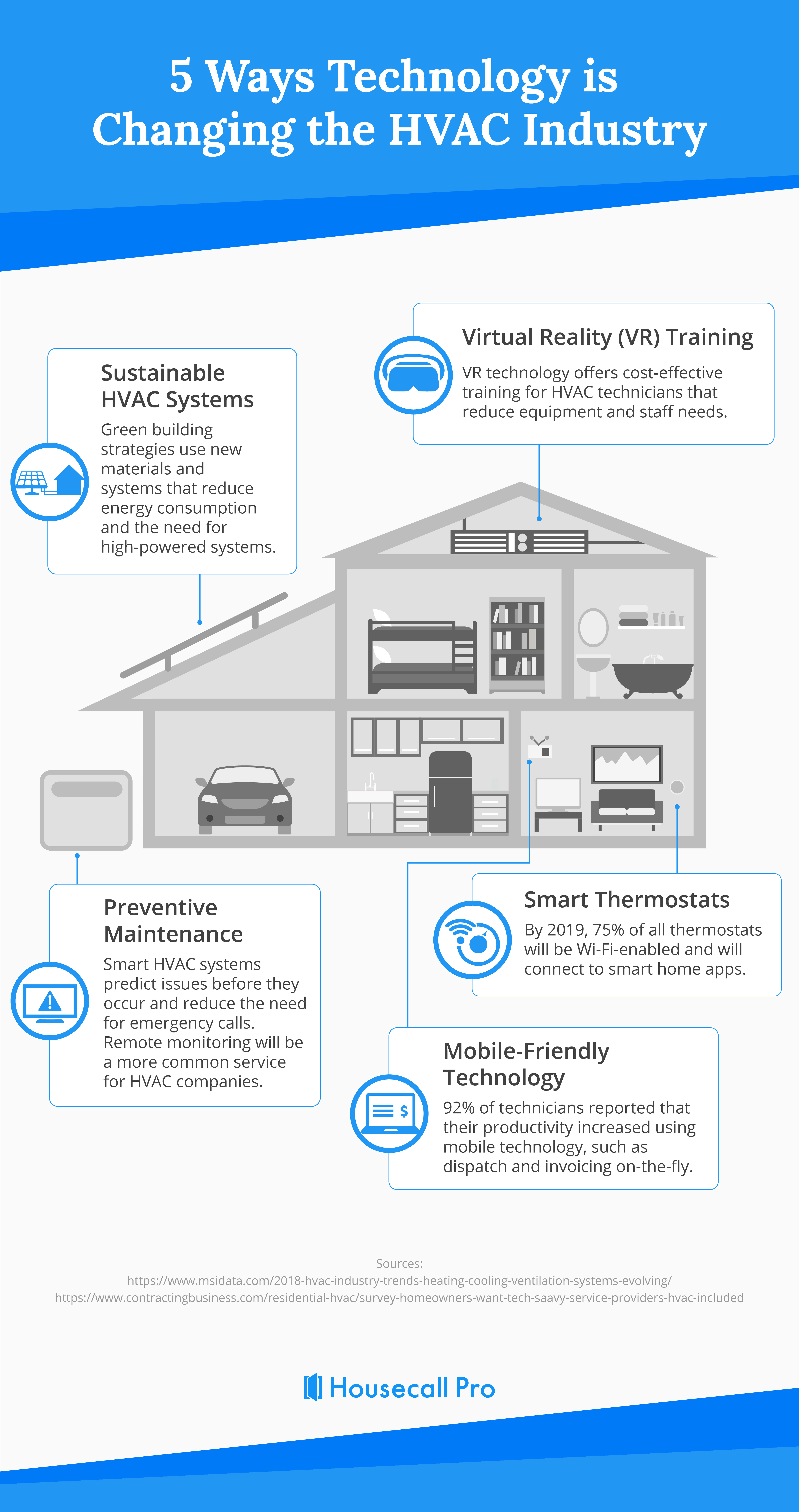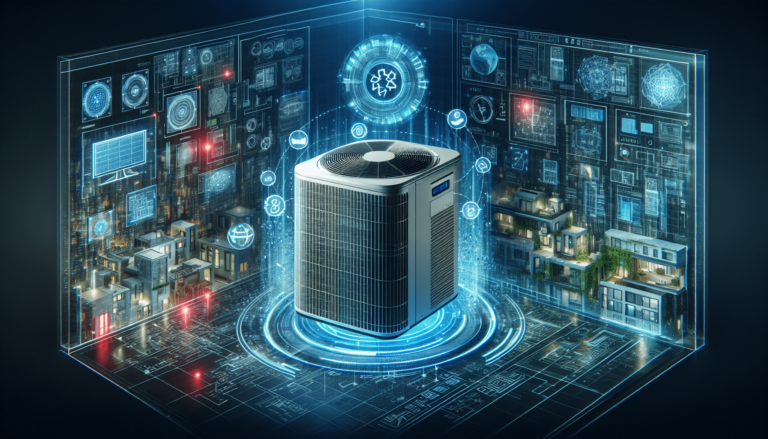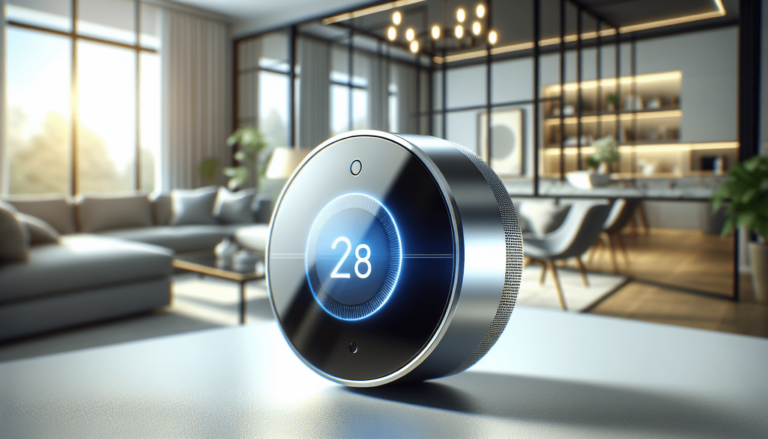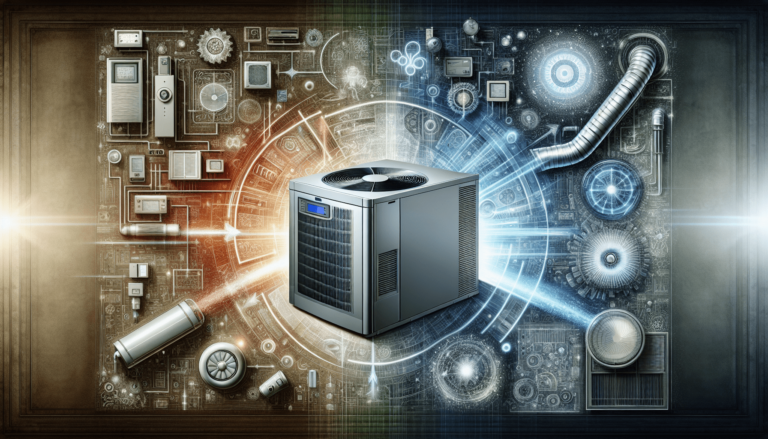

HVAC Services
Get Professional Repairs From The Area's Trusted HVAC Technicians. Ask About Our Services! We Offer Professional Heating & Cooling System Repairs And Guarantee Long-Lasting Results.
Got Question? Call us: (850) 678-2665Financing
Technological Innovations in HVAC Systems
Discover the future of home comfort with technological innovations in HVAC systems. From smart thermostats to solar-powered and geothermal systems, these advancements improve comfort and energy efficiency. Learn about remote control capabilities, learning algorithms, zoning capabilities, and more. Explore the benefits of variable refrigerant flow (VRF) systems, solar-powered HVAC systems, geothermal heat pumps, demand-controlled ventilation, air-cleaning technologies, and building management systems. Enhance your home's comfort and reduce energy consumption with these exciting innovations.
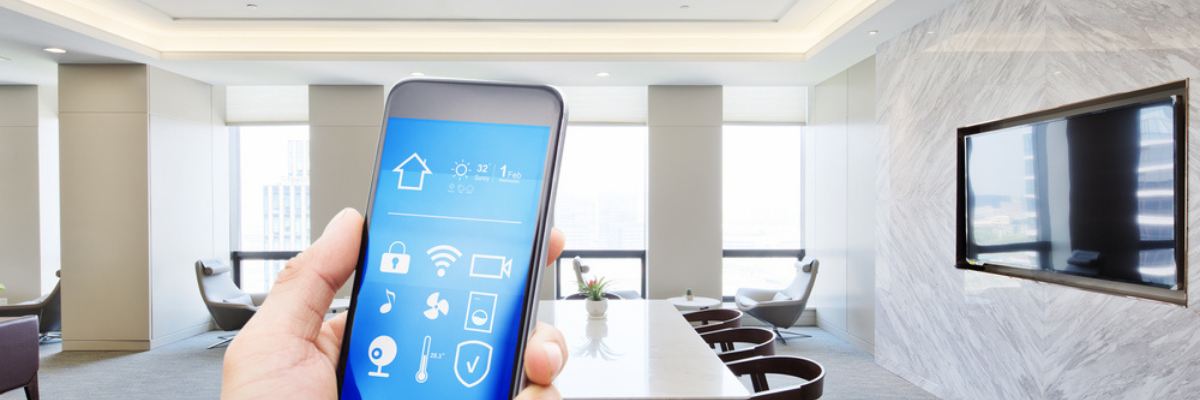
Imagine a world where your HVAC system not only keeps your home at just the right temperature, but also learns your preferences and adjusts accordingly. Thanks to technological advancements in the HVAC industry, this vision is becoming a reality. From Smart thermostats that can be controlled remotely to energy-efficient systems that reduce environmental impact, there is a wide range of innovations that are revolutionizing the way we heat and cool our homes. In this article, we will explore some of the latest technological advancements in HVAC systems and how they are improving comfort, efficiency, and convenience for homeowners. So, get ready to discover the future of home comfort with these exciting innovations.
Smart Thermostats
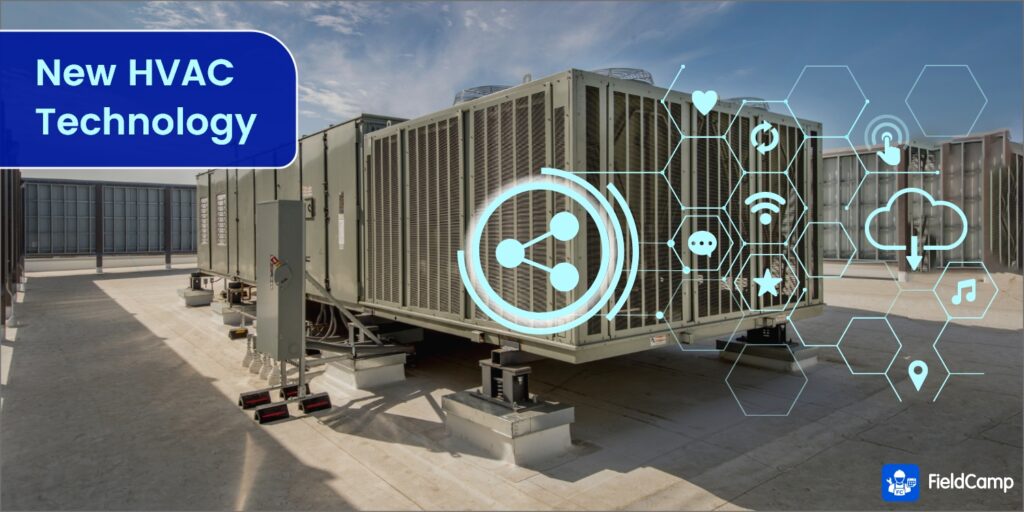
This image is property of www.fieldcamp.com.
Remote Control Capability
Smart thermostats have revolutionized the way we control our heating and cooling systems at home. With remote control capabilities, you can adjust the temperature of your HVAC system from anywhere, at any time. Whether you’re at work or on vacation, you no longer have to worry about leaving your HVAC system running unnecessarily or coming back to an uncomfortable home. Simply connect to your smart thermostat through a mobile app or web portal, and you’re in control.
Learning Algorithms
One of the most impressive features of smart thermostats is their ability to learn your preferences and adjust the settings accordingly. These devices use advanced learning algorithms to analyze your behavior and patterns, such as when you typically leave the house or go to sleep. Over time, the smart thermostat will automatically adjust the temperature to optimize comfort and energy efficiency. You no longer have to manually program your thermostat or remember to adjust it before leaving for the day.
Occupancy Sensors
Smart thermostats are equipped with occupancy sensors that detect whether there are people in a room or not. This allows the thermostat to adjust the temperature accordingly, saving energy when no one is present. For example, if you leave the living room for an extended period, the occupancy sensor will recognize that the room is empty and lower the temperature to conserve energy. When you return, the thermostat will detect your presence and adjust the temperature back to your desired comfort level. Occupancy sensors contribute to both energy savings and enhanced comfort.
Variable Refrigerant Flow (VRF) Systems
Energy Efficiency
Variable Refrigerant Flow (VRF) systems are known for their exceptional energy efficiency. These systems use variable speed compressors to precisely regulate the amount of refrigerant flowing through the system. By matching the heating and cooling demands of individual zones, VRF systems eliminate the energy waste associated with traditional HVAC systems that operate at maximum output regardless of the desired temperature. As a result, VRF systems can significantly reduce your energy consumption and lower your utility bills.
Zoning Capabilities
One of the key advantages of VRF systems is their zoning capabilities. Unlike central HVAC systems that treat the entire building as a single zone, VRF systems allow for individual zone control. Each zone can have its own temperature settings, enabling personalized comfort for each room or area. Whether you prefer your bedroom to be cooler at night or you want to turn off the HVAC in unused rooms, VRF systems offer the flexibility and control that traditional systems do not.
Quiet Operation
VRF systems are designed to operate quietly, providing a peaceful environment without the constant noise associated with traditional HVAC systems. The variable speed compressors in VRF systems adjust their speed based on the specific heating or cooling demand, resulting in quieter operation compared to fixed-speed compressors. This makes VRF systems ideal for residential applications, where noise-sensitive areas such as bedrooms and living rooms require a comfortable and quiet atmosphere.
Solar-Powered HVAC Systems
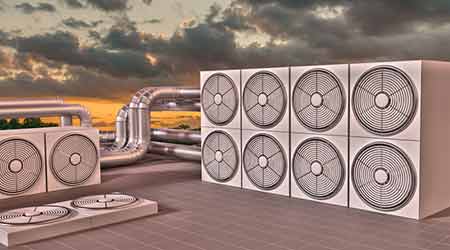
This image is property of www.facilitiesnet.com.
Reduced Energy Consumption
Solar-powered HVAC systems harness the power of the sun to generate electricity, reducing the reliance on grid power. This renewable energy source allows you to significantly reduce your energy consumption and carbon footprint. Solar panels installed on your property capture sunlight and convert it into usable electricity, which can then power your HVAC system. By utilizing clean, renewable energy, solar-powered HVAC systems help protect the environment while providing efficient cooling and heating for your home.
Environmentally Friendly
In addition to reducing energy consumption, solar-powered HVAC systems are environmentally friendly. Unlike traditional HVAC systems that rely on fossil fuels and contribute to air pollution, solar-powered systems produce clean, renewable energy. By utilizing solar power, you can help reduce greenhouse gas emissions and combat climate change. Solar-powered HVAC systems align with the increasing global focus on sustainable and eco-friendly solutions, offering a greener way to heat and cool your home.
Long-Term Cost Savings
While the upfront cost of installing solar panels and a solar-powered HVAC system may be higher than traditional systems, the long-term cost savings can be significant. By generating your own electricity from the sun, you can reduce or even eliminate your monthly utility bills. Over time, the savings on your energy expenses can offset the initial investment, leading to considerable long-term cost savings. Additionally, solar-powered HVAC systems can increase the value of your home and may be eligible for government incentives and tax credits.
Geothermal Heat Pumps
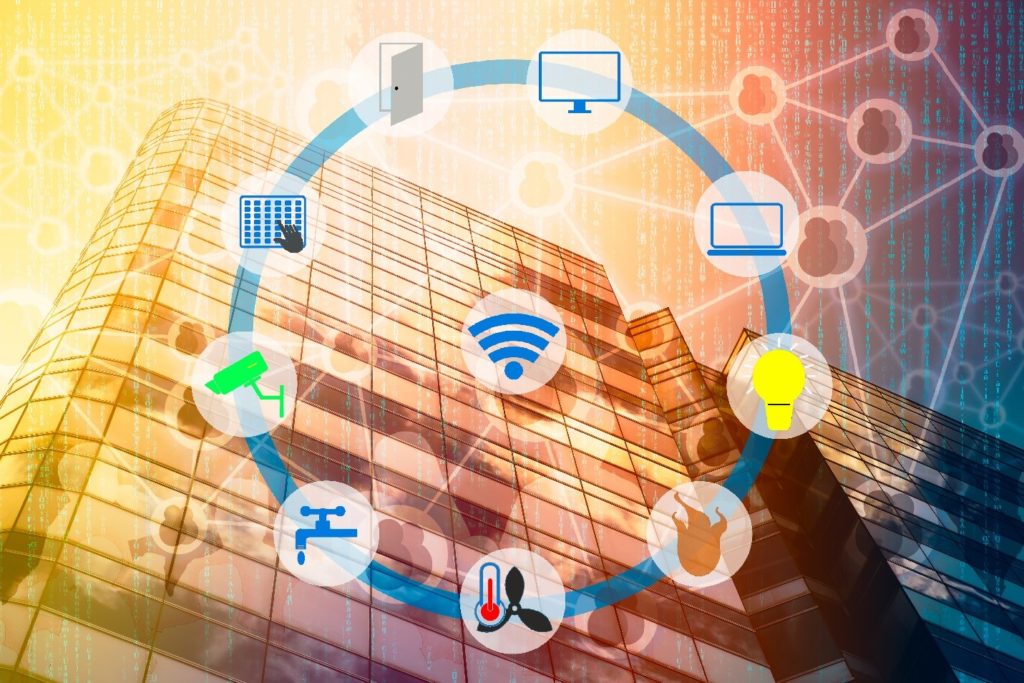
This image is property of www.cielowigle.com.
Renewable Energy Source
Geothermal heat pumps utilize the constant temperature of the earth to provide an efficient and renewable energy source for heating and cooling. These systems extract heat from the ground during the winter and release heat into the ground during the summer, effectively utilizing the stable temperature of the earth to provide a consistent source of energy. By harnessing the renewable energy stored in the ground, geothermal heat pumps help reduce reliance on fossil fuels and contribute to sustainable energy usage.
Improved Energy Efficiency
Geothermal heat pumps are renowned for their high energy efficiency. Unlike traditional air-source heat pumps that rely on outdoor air temperatures that fluctuate, geothermal heat pumps take advantage of the relatively constant ground temperature. This allows the systems to operate more efficiently, regardless of the weather conditions. Geothermal heat pumps can provide up to four units of heating or cooling energy for every unit of electricity consumed, resulting in impressive energy savings and reduced operating costs.
Lower Operating Costs
Although geothermal heat pumps have a higher upfront cost than traditional HVAC systems, they offer significant long-term savings through lower operating costs. The high energy efficiency of geothermal heat pumps translates into reduced electricity consumption, leading to lower monthly heating and cooling bills. Additionally, geothermal systems have fewer moving parts than conventional systems, reducing the need for costly repairs and maintenance. With proper installation and regular maintenance, geothermal heat pumps can provide reliable and cost-effective heating and cooling for your home.
Demand-Controlled Ventilation
This image is property of cdn.buttercms.com.
Energy Savings
Demand-controlled ventilation (DCV) systems optimize energy efficiency by adjusting the amount of outdoor air ventilation based on the actual occupancy and indoor air quality requirements. These systems use occupancy sensors to detect the presence of people and adjust the ventilation rates accordingly. By avoiding the unnecessary ventilation of unoccupied spaces, DCV systems reduce the energy needed to heat or cool the fresh outdoor air. This leads to significant energy savings and improved overall system performance.
Improved Indoor Air Quality
In addition to energy savings, demand-controlled ventilation systems contribute to improved indoor air quality (IAQ). By monitoring the occupancy of different spaces and adjusting the ventilation rates accordingly, these systems ensure that fresh air is provided when needed. This helps remove pollutants, odors, and excess humidity from indoor spaces, creating a healthier and more comfortable environment for occupants. Improved IAQ can enhance productivity, reduce respiratory issues, and create a pleasant indoor atmosphere.
Occupancy Sensors
Occupancy sensors are a vital component of demand-controlled ventilation systems. These sensors detect whether a space is occupied or not, enabling the ventilation system to adjust the airflow accordingly. For example, if a conference room is unoccupied, the occupancy sensor will signal the ventilation system to reduce ventilation rates, saving energy while maintaining air quality in other areas of the building. By utilizing occupancy sensors, demand-controlled ventilation systems ensure that air conditioning and ventilation are delivered precisely where and when needed, optimizing energy efficiency and comfort.
Air-Cleaning Technologies
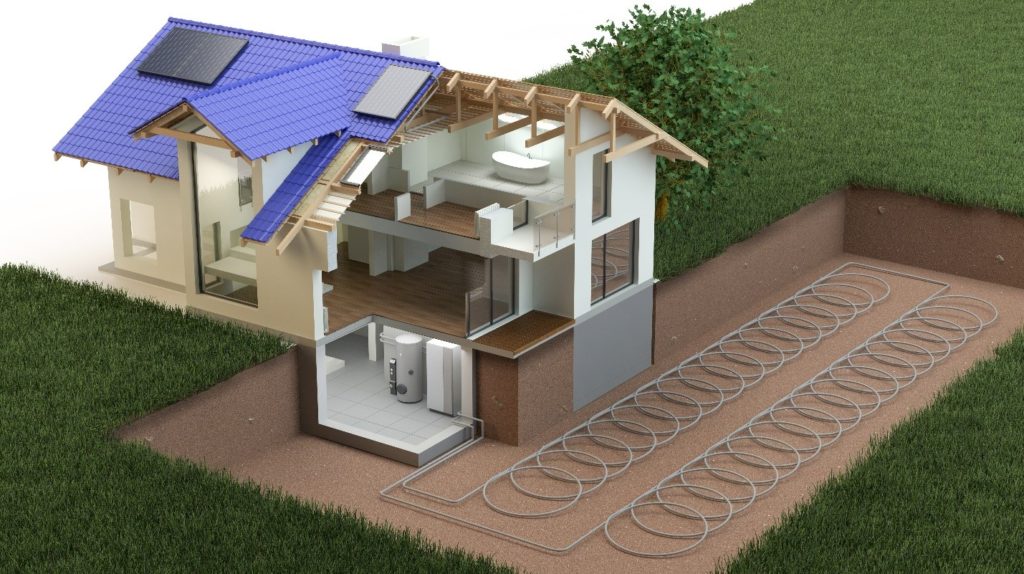
This image is property of www.cielowigle.com.
UV Germicidal Lights
UV germicidal lights are a powerful air-cleaning technology that utilizes ultraviolet (UV) light to kill or inactivate airborne microorganisms, such as bacteria, viruses, and mold spores. These lights are installed within the HVAC system to irradiate the passing air, effectively sanitizing the air before it is distributed into the living space. UV germicidal lights help improve indoor air quality by reducing the spread of pathogens and allergens, creating a healthier environment for occupants.
Electrostatic Filters
Electrostatic filters are designed to capture small particles, including dust, pollen, pet dander, and other airborne pollutants. These filters use an electrostatic charge to attract and trap particles, effectively removing them from the air stream. Unlike conventional filters that only rely on mechanical filtration, electrostatic filters can provide a higher level of filtration efficiency. By effectively removing airborne contaminants, electrostatic filters contribute to improved indoor air quality, reducing allergic reactions and respiratory issues.
Activated Carbon Filters
Activated carbon filters are highly effective at absorbing and removing odors, gases, and chemical pollutants from the air. These filters are made from activated charcoal, which has a large surface area and high adsorption capacity. The activated carbon captures and traps volatile organic compounds (VOCs), unpleasant odors, and other chemical contaminants, resulting in fresher and cleaner indoor air. By incorporating activated carbon filters into your HVAC system, you can eliminate unwanted smells and improve the overall air quality in your home.
Building Management Systems (BMS)
Centralized Control
Building management systems (BMS) provide centralized control and monitoring of various HVAC and other building systems. With a BMS, you have a single interface to manage and optimize the operation of your HVAC system, lighting, security, and other building functions. This centralized control allows for efficient coordination and integration of different systems, leading to improved energy efficiency, comfort, and overall building performance. Whether you need to adjust the temperature in a specific zone or monitor the energy consumption of the entire building, a BMS provides the necessary tools for streamlined management.
Energy Monitoring
One of the key features of building management systems is energy monitoring. These systems allow you to track and analyze energy consumption in real-time, providing valuable insights into your HVAC system’s performance and energy usage. By monitoring energy trends and identifying areas of inefficiency, you can make informed decisions to optimize your HVAC system, reduce energy waste, and lower operating costs. Energy monitoring through a BMS empowers you to take control of your energy usage and implement energy-saving strategies for increased sustainability.
Optimized Operation
Building management systems utilize advanced algorithms and data analysis to optimize the operation of HVAC systems. By continuously monitoring various parameters, such as temperature, occupancy, and outdoor weather conditions, BMS systems can dynamically adjust the HVAC settings to maximize energy efficiency and comfort. For example, if the weather suddenly becomes cooler than expected, the BMS can automatically reduce the heating output to avoid unnecessary energy consumption. Through optimized operation, BMS systems help ensure efficient and reliable HVAC performance, saving energy and enhancing occupant satisfaction.
Ductless Mini-Split Systems
Flexibility in Installation
Ductless mini-split systems offer unparalleled flexibility in installation compared to traditional HVAC systems. These systems consist of an outdoor unit and one or more indoor units, connected by refrigerant lines. The absence of ductwork eliminates the need for extensive remodeling and allows for easy installation in both new and existing homes. With ductless mini-split systems, you can have independent control over each indoor unit, allowing for personalized comfort in different rooms or zones. Whether you want to cool your bedroom without cooling the rest of the house or create individual temperature zones, ductless mini-split systems provide the flexibility to meet your specific needs.
Energy Efficiency
Ductless mini-split systems are highly energy-efficient due to their innovative design and inverter-driven compressors. Unlike traditional systems that operate at a fixed speed, ductless mini-split systems can adjust their output according to the heating or cooling demand. This results in reduced energy consumption and higher efficiency, as the system only operates at the required capacity. Additionally, the absence of ductwork eliminates the energy losses associated with air leakage, further improving energy efficiency. Investing in a ductless mini-split system can lead to significant energy savings and lower utility bills.
Zoning Capabilities
One of the significant advantages of ductless mini-split systems is their zoning capabilities. Each indoor unit in the system can be individually controlled, allowing for customized temperature settings in different areas of your home. This zoning flexibility ensures that you only heat or cool the spaces that need it, avoiding energy waste in unoccupied rooms. For example, you can set a higher temperature in unused bedrooms during the day while keeping the living room cool. By providing the ability to create personalized temperature zones, ductless mini-split systems offer enhanced comfort and energy efficiency.
Advanced Heat Recovery Ventilation (HRV) Systems
Energy Recovery Efficiency
Advanced heat recovery ventilation (HRV) systems improve energy efficiency by using the outgoing air to precondition the incoming fresh air. These systems recover the heat or coolness from the exhaust air and transfer it to the incoming air stream, reducing the energy needed for heating or cooling. By exchanging the thermal energy between the two air streams, HRV systems prevent the loss of conditioned air and maintain indoor comfort while minimizing energy waste. The high efficiency of heat recovery in HRV systems contributes to significant energy savings and lower operating costs.
Improved Indoor Air Quality
In addition to energy recovery, advanced HRV systems play a crucial role in improving indoor air quality. These systems capture and filter out airborne pollutants, such as dust, allergens, and odors, from the fresh incoming air. By providing a continuous supply of filtered and fresh air, HRV systems help remove stale air, excess moisture, and indoor pollutants. Improved indoor air quality reduces the risk of respiratory issues, enhances occupant well-being, and creates a healthier living environment.
Humidity Control
Advanced HRV systems offer the added benefit of humidity control. By transferring moisture from the incoming air to the outgoing air or vice versa, HRV systems help regulate indoor humidity levels. In humid climates, HRV systems can remove excess moisture from the incoming air, preventing mold growth and maintaining a comfortable indoor environment. In drier climates, HRV systems retain humidity in the incoming air, preventing dry air-related discomfort and promoting moisture balance. With humidity control capabilities, advanced HRV systems provide year-round comfort and help prevent issues caused by excessively dry or humid conditions.
Internet of Things (IoT) Integration
Smart Device Connectivity
Internet of Things (IoT) integration enables HVAC systems to connect and communicate with other smart devices in your home. With IoT integration, you can control and monitor your HVAC system from your smartphone, tablet, or other smart devices. For example, you can adjust the temperature, set schedules, and receive real-time notifications about your system’s performance. IoT integration allows for seamless integration with other smart home devices and automation systems, creating a truly interconnected and intelligent home environment.
Remote Monitoring
Through IoT integration, you can remotely monitor your HVAC system’s performance and energy usage, even when you’re away from home. Real-time data and analytics provide insights into energy consumption, system efficiency, and potential maintenance needs. With remote monitoring capabilities, you can proactively identify issues, schedule maintenance, or make adjustments to optimize the performance of your HVAC system. This remote visibility improves convenience, saves time, and ensures that your HVAC system operates at its best.
Advanced Analytics
IoT integration enables advanced analytics capabilities for HVAC systems, allowing for predictive and proactive maintenance. By collecting and analyzing data from your HVAC system, such as temperature trends, energy consumption, and equipment performance, advanced analytics can identify potential issues before they become major problems. This proactive approach helps prevent costly breakdowns, extends the lifespan of your HVAC equipment, and ensures optimal performance. With advanced analytics, you can make data-driven decisions to optimize energy efficiency, reduce operating costs, and enhance the comfort of your home.
In conclusion, technological innovations in HVAC systems have revolutionized the way we heat, cool, and ventilate our homes and buildings. From smart thermostats that provide remote control and learning algorithms to solar-powered and geothermal systems that offer renewable energy sources, there are numerous options available to enhance energy efficiency, comfort, and sustainability. Demand-controlled ventilation, air-cleaning technologies, building management systems, ductless mini-split systems, advanced heat recovery ventilation, and IoT integration further contribute to efficient and intelligent HVAC solutions. As these technologies continue to evolve, they ensure that our HVAC systems are more efficient, flexible, and environmentally friendly than ever before.


